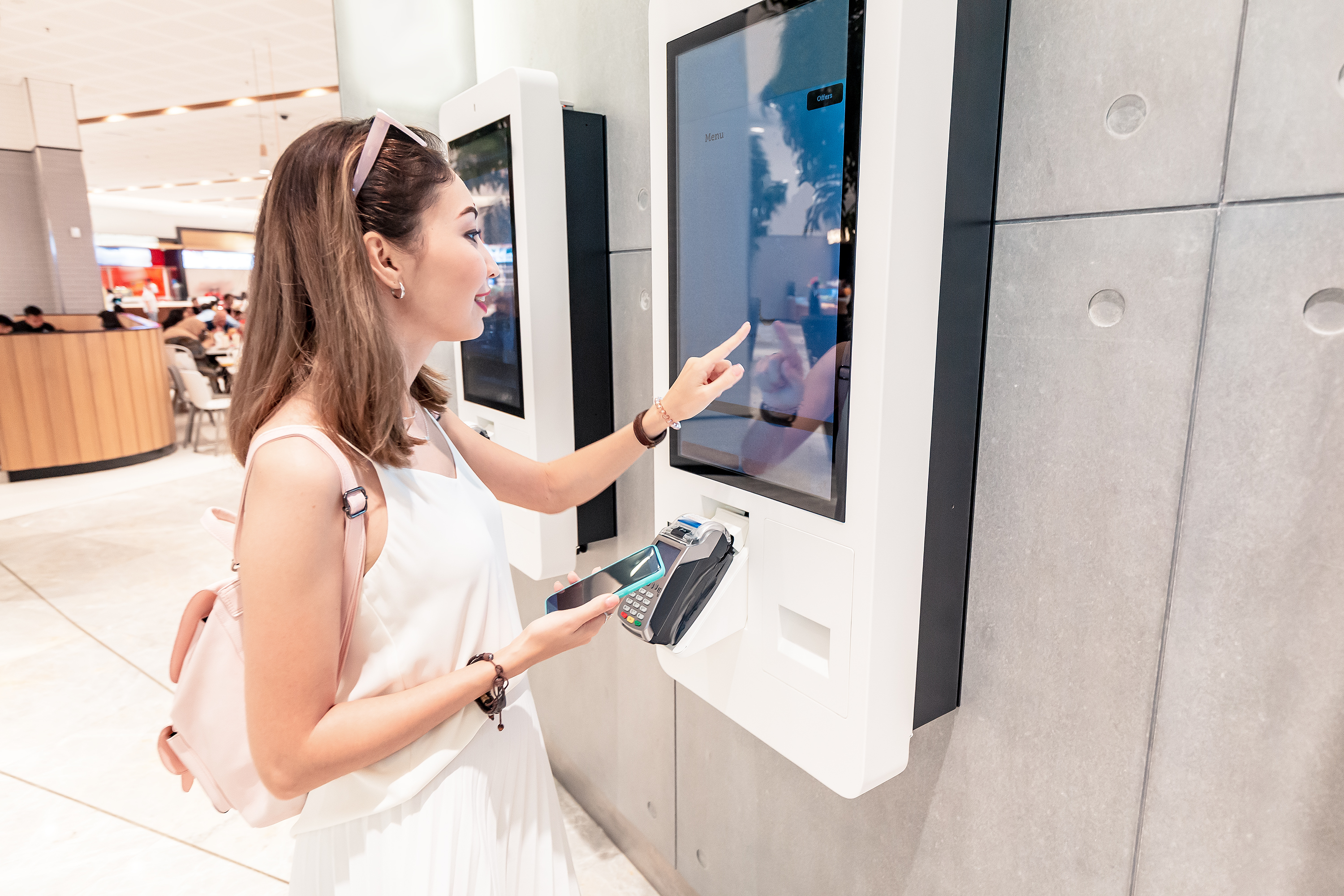Think speed, agility and operational efficiency
We’re living in a highly competitive business world — one in which customers crave an Amazon-like experience — every time. They want to choose from a wide variety of products (catalog), enjoy an easy ordering process and have visibility into when those goods arrive. Further, they expect companies to mirror that experience in products and services alike.
This is why organizations across industries — including banking, financial services and insurance (BFSI), healthcare, IT, telecom and other areas — invest in robotics process automation (RPA), and increasingly, intelligent process automation (IPA), as they help companies inch closer toward delivering the coveted Amazon-like experience.
By implementing IPA and its predecessor RPA, operational efficiency and on-the-job performance improve as employees are freed to perform higher-value tasks. The result of using either or both? Improved customer experience (CX).
IT solution and service providers increasingly deploy RPA and IPA because these technologies help them stand out in a crowd and maintain competitiveness. Let’s explore how.
What’s the difference between RPA and IPA?
Although RPA and IPA are similar, the latter covers a larger scope of work than RPA.
Robotics process automation combines artificial intelligence (AI) and machine learning (ML) and uses software bots to automate repetitive, mundane, high-volume, rules-based tasks formerly performed by people. It mimics time-consuming human tasks that have a clear sequence of reproduceable actions and frees up time for employees to complete projects that require reasoning and more emotional intelligence. Examples of RPA include web site scraping, entering data, payroll processing and updating customer profiles.
The global RPA market size was valued at USD 1.89 billion in 2021 and is expected to increase at a compound annual growth rate (CAGR) of 32.8% from 2021 to 2028. Clearly, businesses consider RPA a game-changer.
Intelligent process automation — also known as intelligent automation — combines technologies, including RPA, AI, ML, predictive analytics and natural language processing (NLP), to complete more complex operations. You could say that IPA gives the ability for a machine to think by synthesizing vast quantities of information and automating end-to-end processes and workflows, while learning and adapting along the way. Examples of IPA include mortgage cross-selling, procure-to-pay (P2P) and quote-to-cash processes.
Think of RPA as the hands and IPA as the brains of a particular operation — both of which can work in tandem to leverage each other’s strengths. They help IT providers increase efficiency, productivity, speed to market, and reduce cost and risk to help deliver a better customer experience.
Most importantly, they help companies in the channel grow their business.
Expedite just about everything
Arrow relies upon IPA and RPA to streamline internal processes and ensure employees and technology work harmoniously, enabling us to provide better insight into trends and opportunities for your business to grow. Specifically, both technologies allow us to automate formerly manual processes so employees can drive innovation in key performance areas, such as customer service and product development.
For example, bots enable us to create quotes swiftly and efficiently, expedite PO processing and turn around catalog orders quicker than ever. Service is fast, predictable, repeatable and agile. This creates simplicity for IT providers and enables you, in turn, to provide the same for your customers. In the end, these technologies contribute to the bottom-line.
Easily integrate with existing IT systems
IPA and RPA enable operational efficiency, leading to better customer service on both our end and yours. Automating tasks reduces costs by eliminating human errors, which, in turn, provides a lower level of operational risk. Both technologies enable faster internal reporting, onboarding and other internal activities.
Arrow can stand up RPA and/or IPA for IT solution and service providers like you. They don’t require an IT system overhaul. Rather, they integrate seamlessly into existing IT systems.
Or, you can simply rest assured that because Arrow has our own robust RPA and IPA capabilities, every service we provide will be quick, efficient and agile — meaning you can provide the same to your customers.
Contact us to learn more about how IPA and RPA could ultimately help you grow your business through improved customer experience.
This article was originally published in August 2021 and has been updated for relevance.

How data and analytics help drive the customer experience
Large amounts of data can be used to enable well-informed business decisions that drive success and superior CX.
Read More

